Gallery of Permaculture in Malawi


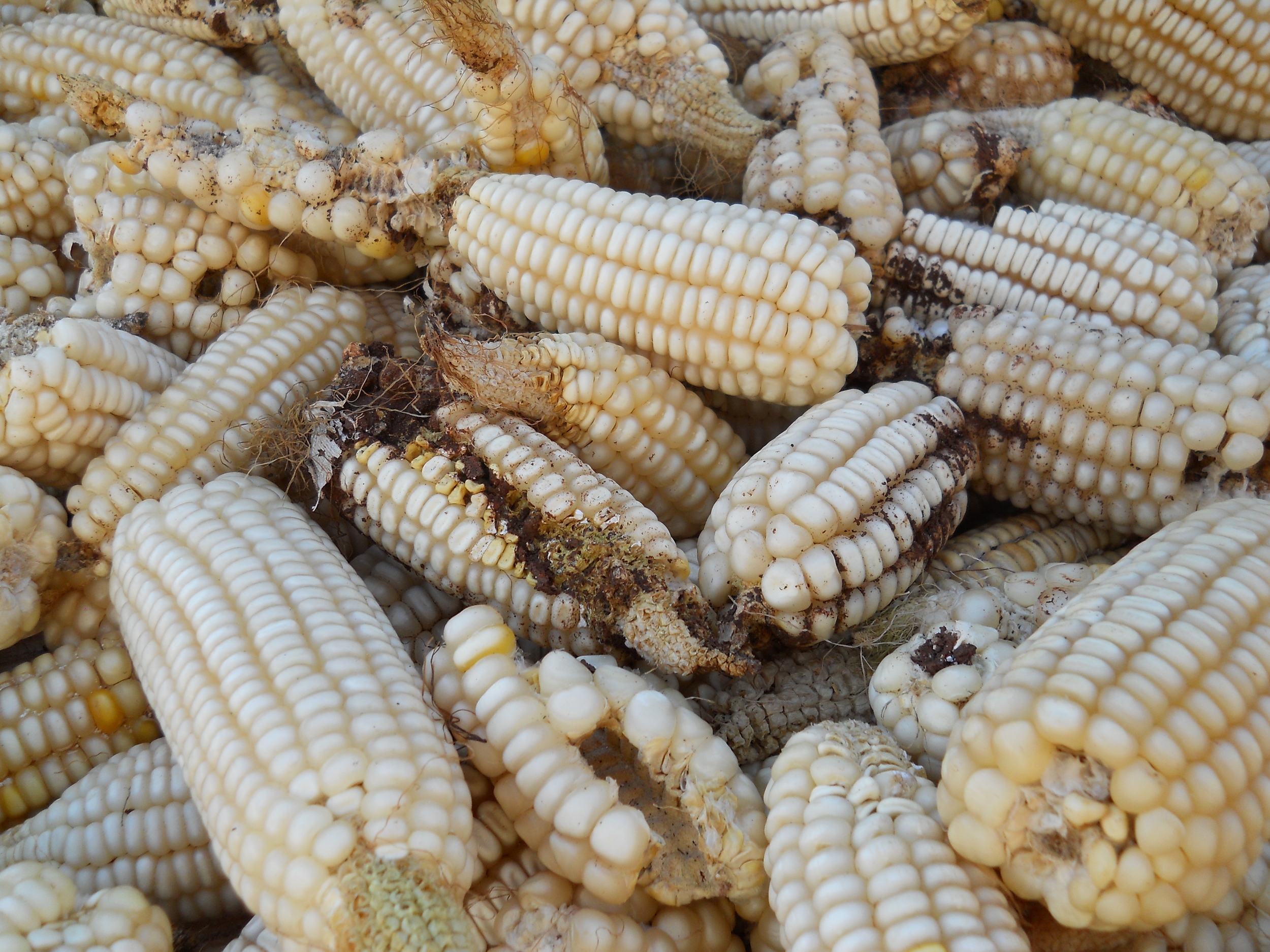
Households faced persistent food access problems. It was difficult for them to find enough of the staple, maize (corn), and supplementary foods throughout the whole year. Maize yields lasted until the next harvest for less than a quarter of participant households in 2011.
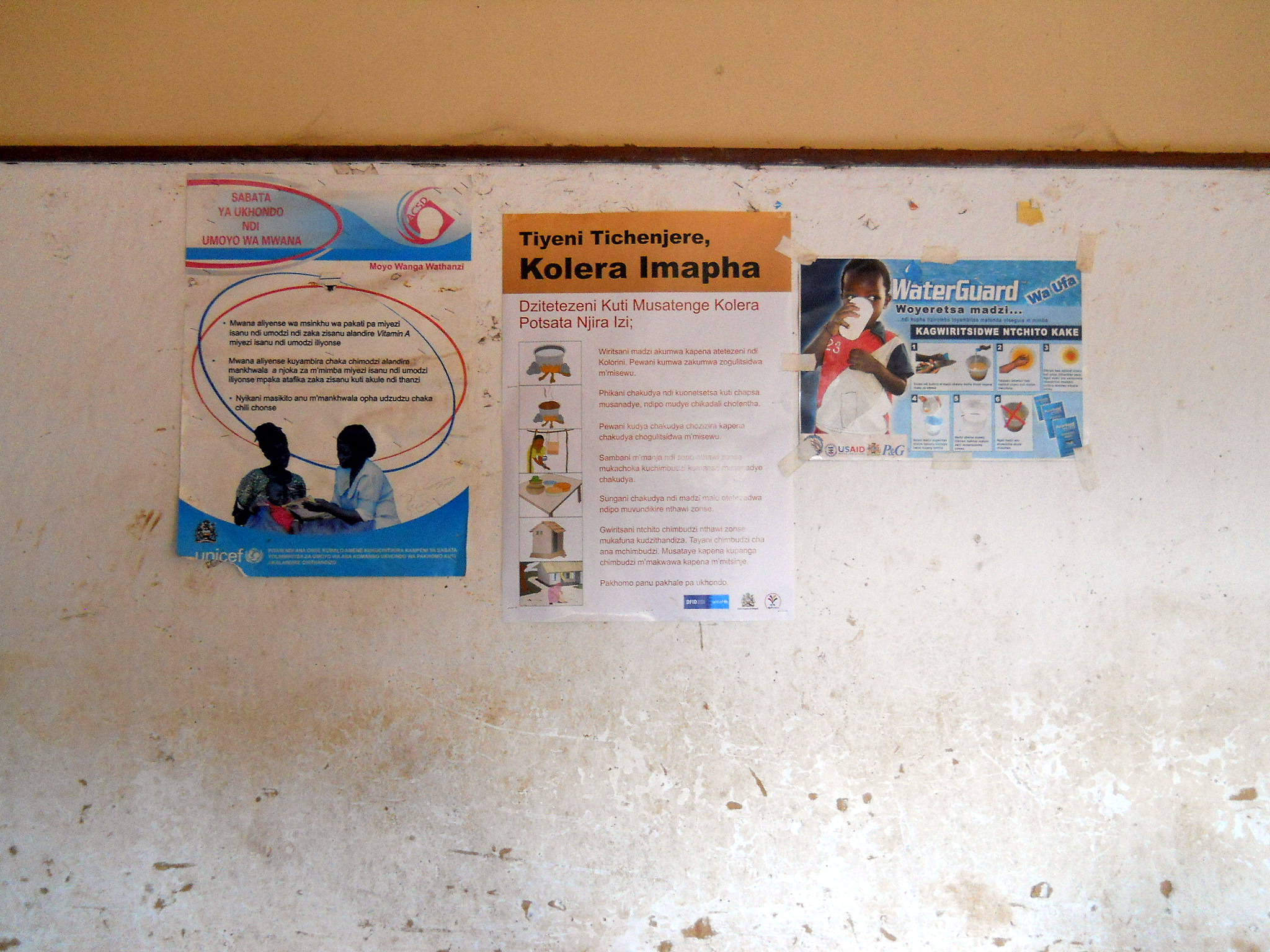
Health problems, such as malnutrition, malaria, and HIV/AIDS, are far too common and contribute to low life expectancy.
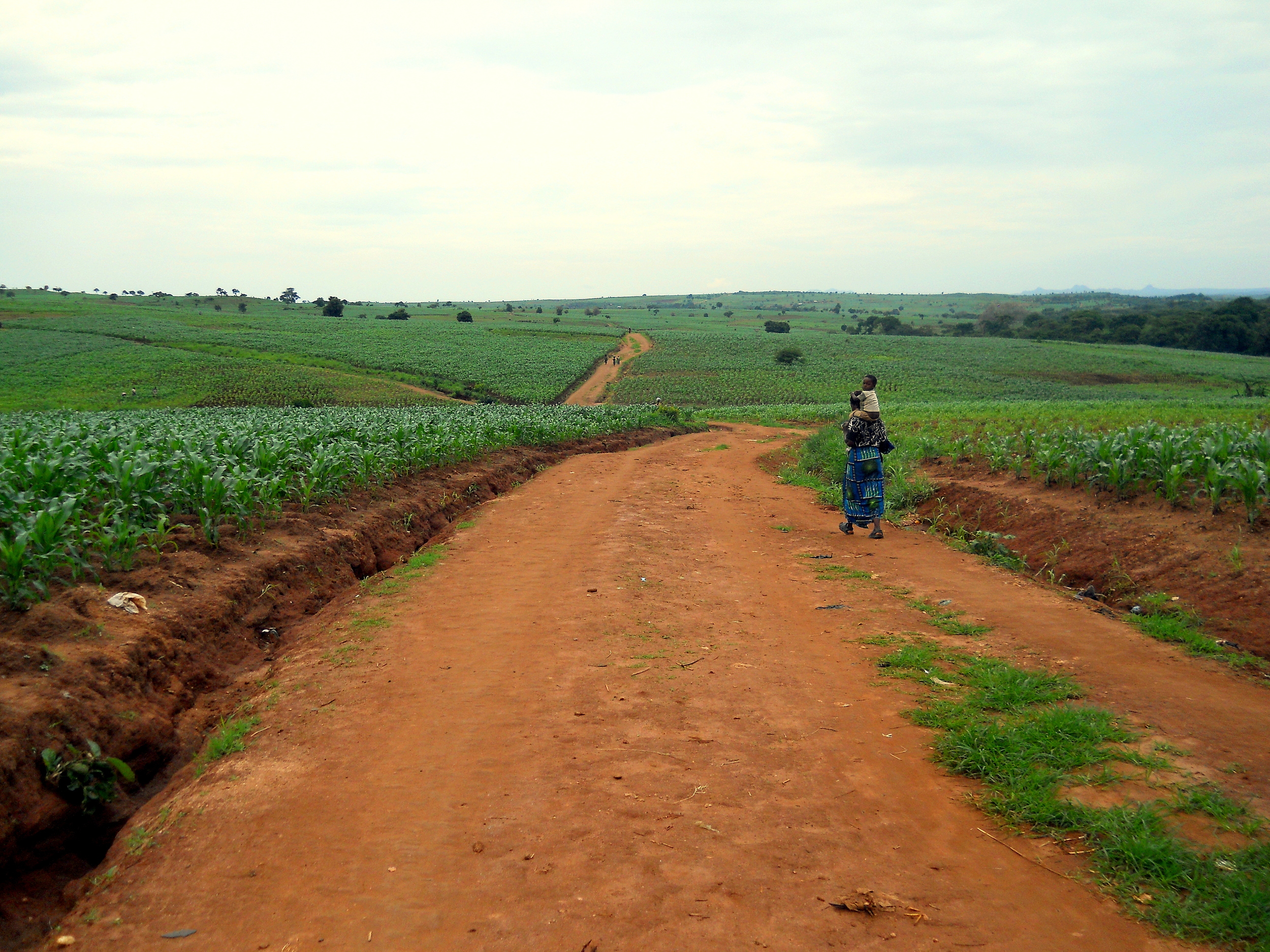
Maize, the staple crop, as far as the eye can see. Most farmers grow maize during the rainy season on ridges in fields with minimal intercropping. For example, participant conventional farmers grew an average of 5.3 crop varieties in their fields.

Farmers faced a complex set of farming and environmental problems that limited food access, yields, and profits.

Some farmers in the area used permaculture to address the food and farming problems that they faced without having to spend a lot of money.

Permaculture is an ongoing farming system, in which you look at how everything is connected and then make plans to farm with few purchased agricultural materials, work with nature, improve the environment, and meet your food needs.
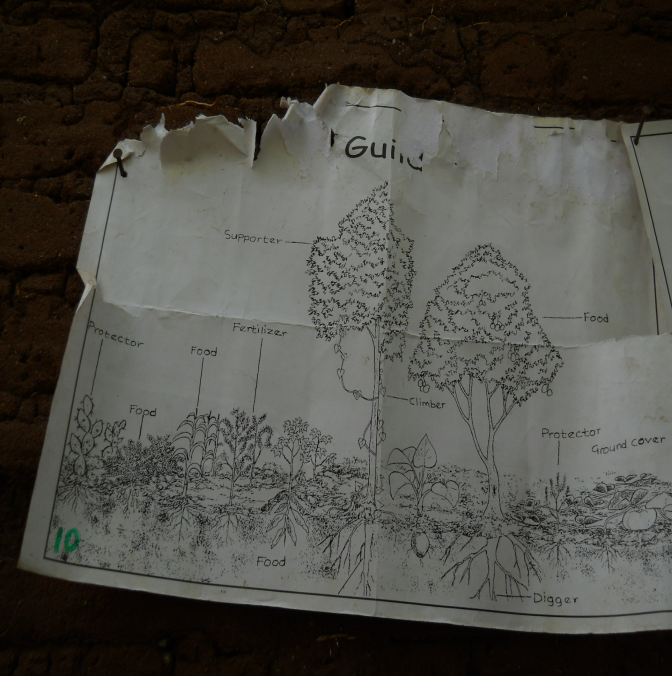
Most farmers did not take classes before starting to use permaculture.

Instead, most farmers tried permaculture after learning about it by observing permaculture demonstrations, and talking with NGO employees and family or friends who use permaculture.
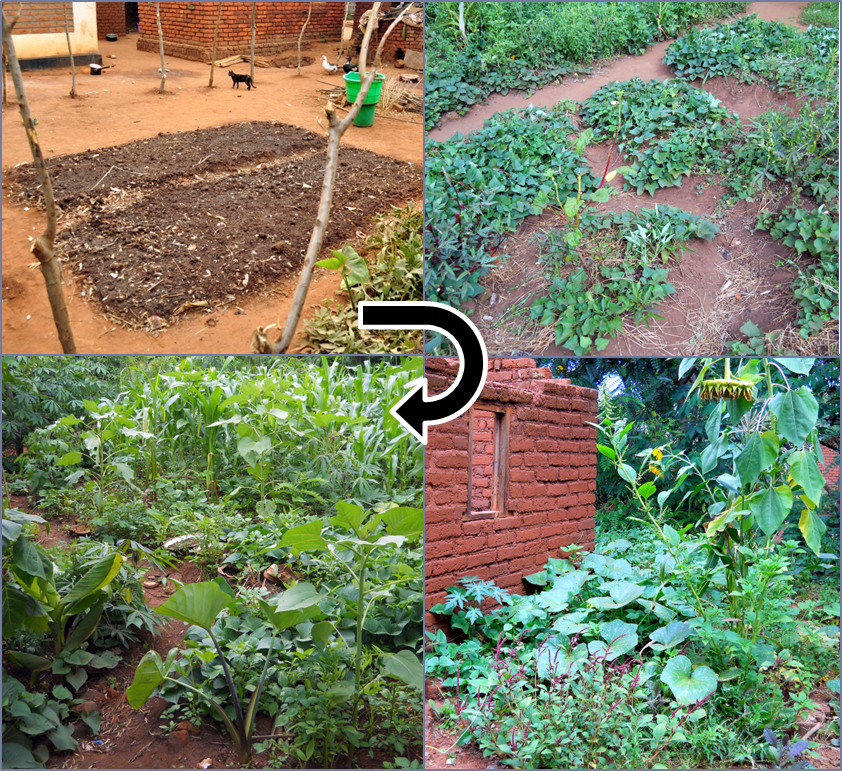
Permaculture adoption is a process. Farmers started permaculture with a few beds to try it and then expanded it over several years as they learned about permaculture and benefited from it. Most farmers continued to use conventional practices in fields and/or gardens.

On average, farmers had used permaculture for three years. Most used it in their yards, but a few also used it in their fields and gardens.
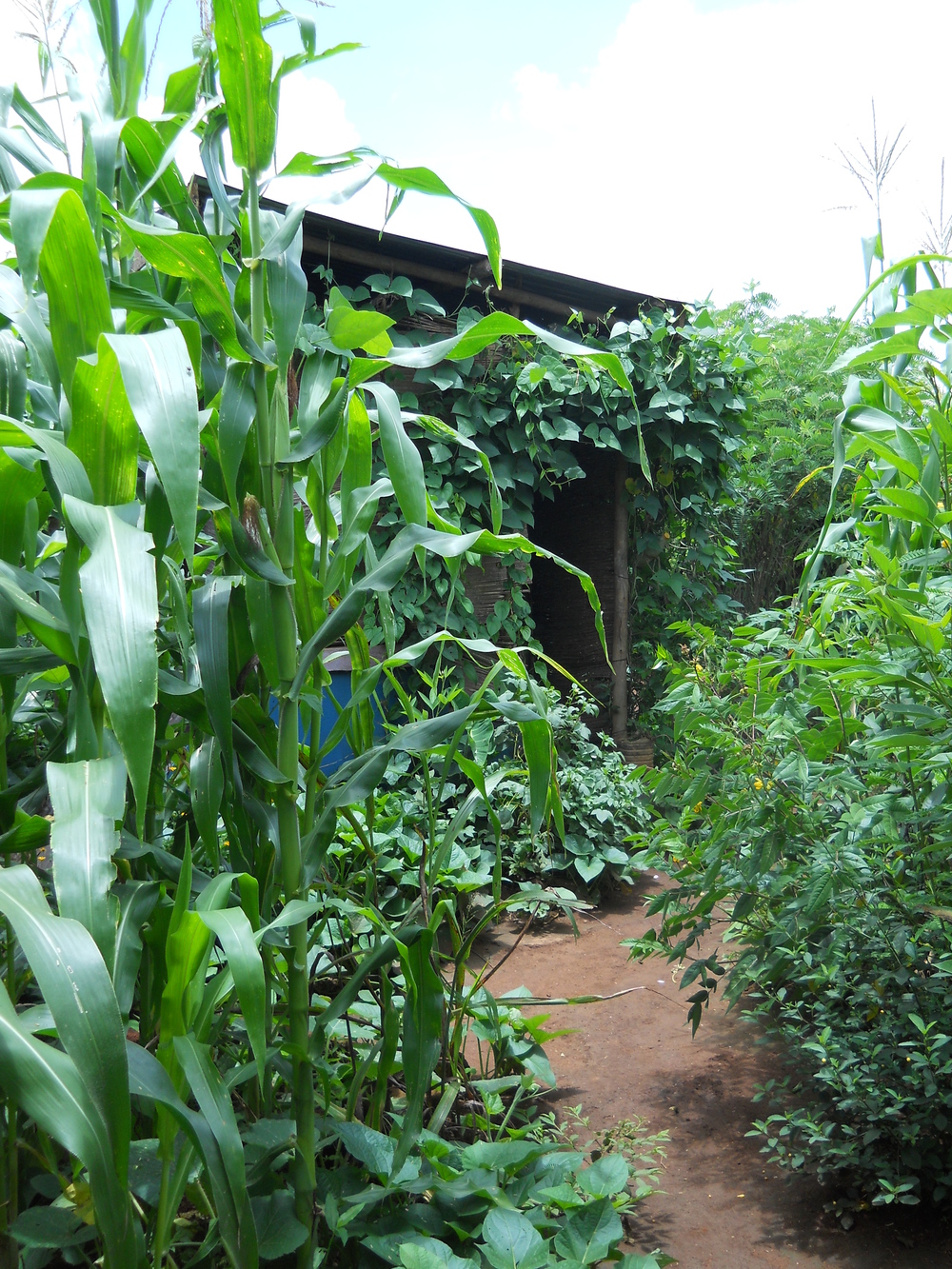
Intercropping and composting toilet behind farmer’s house. In permaculture, farmers used different practices like making beds, using compost manure, reusing water for irrigation, mulching, intercropping, growing more types of crops, growing plants to improve soil fertility, and growing on a small piece of land during all seasons.
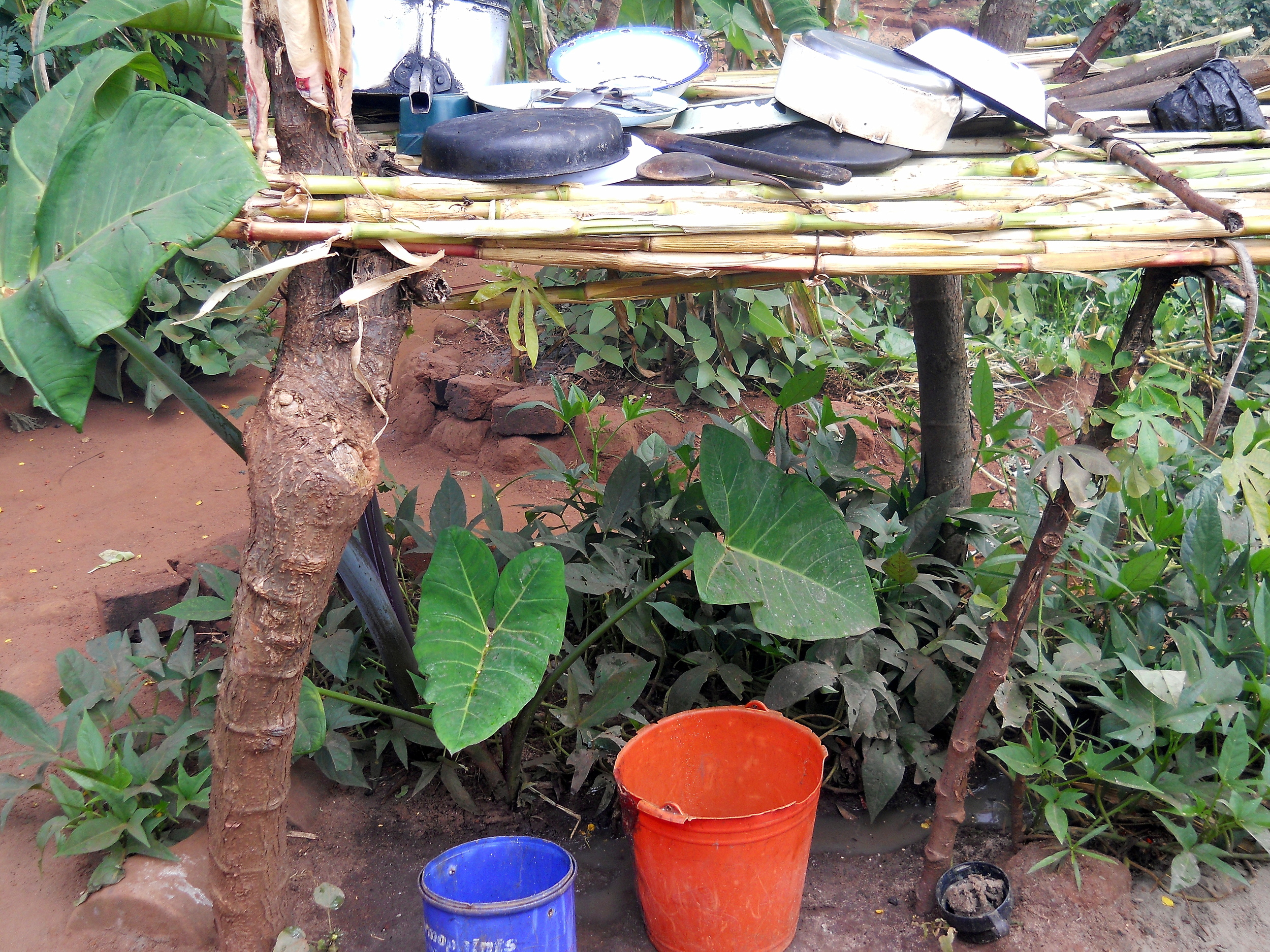
Permaculture farmers did not use fertilizer, burn organic matter, make ridges, or remake beds every year like conventional farmers did. Farmers used less money on permaculture than on conventional farming in 2011/2012.
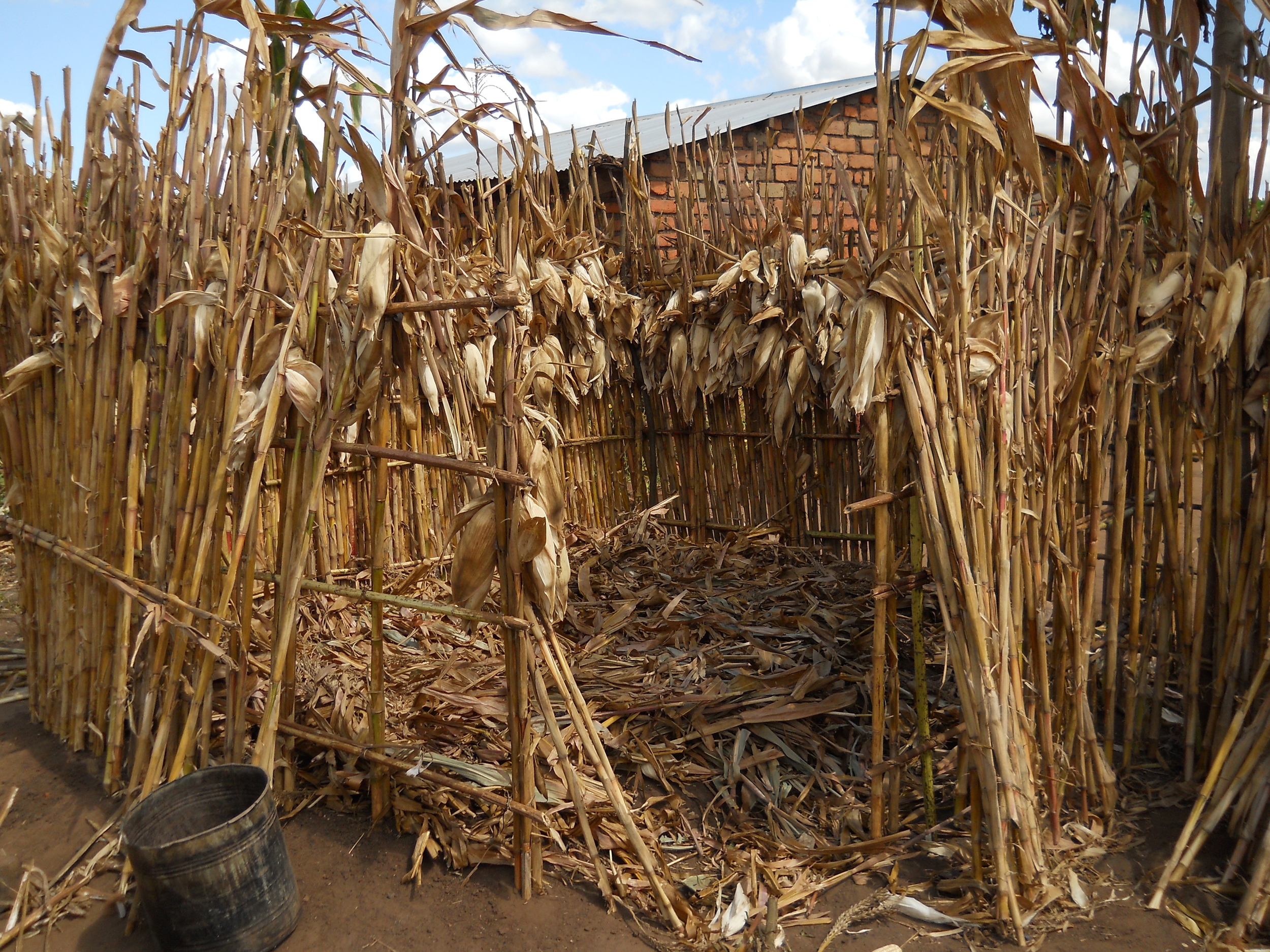
Farmers using permaculture changed how they planned their farming. For example, they observed the environment, recycled inputs back into farming, created polycultures, conserved the environment, channeled and caught water flow, and created multifunctional designs.

Farmers faced some challenges using permaculture. Initially, farmers faced social stigma, labor and material requirements, and difficulty making designs. After adoption, livestock in villages, social stigma, and access to land, agricultural materials, money, and water were also a problem for some. When trying to expand permaculture, farmers faced challenges because of renting land, and access to labor and agricultural materials.

On average, permaculture farmers experienced incremental agricultural, environmental, livelihood, food access, and diet diversity benefits in comparison to conventional farmers.